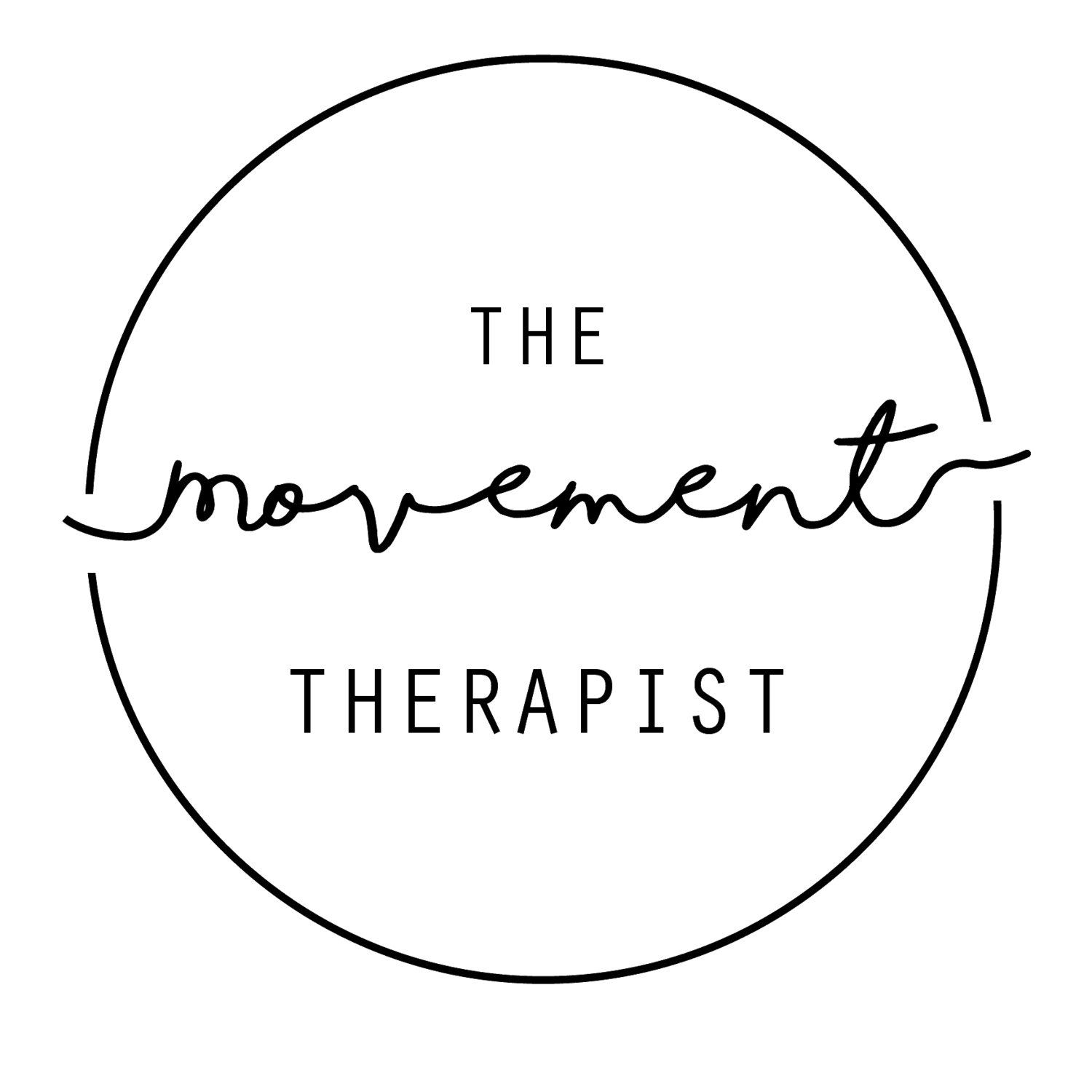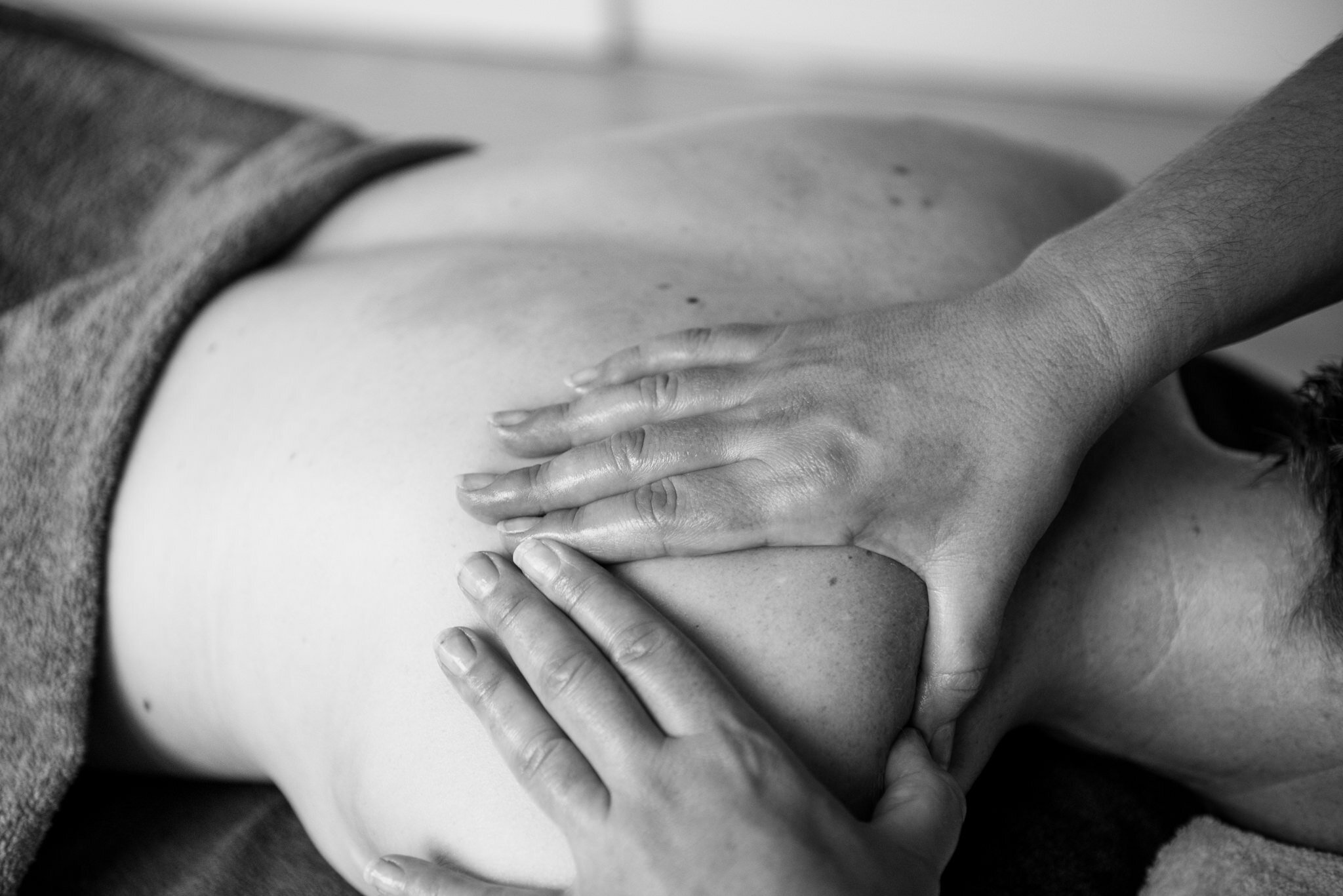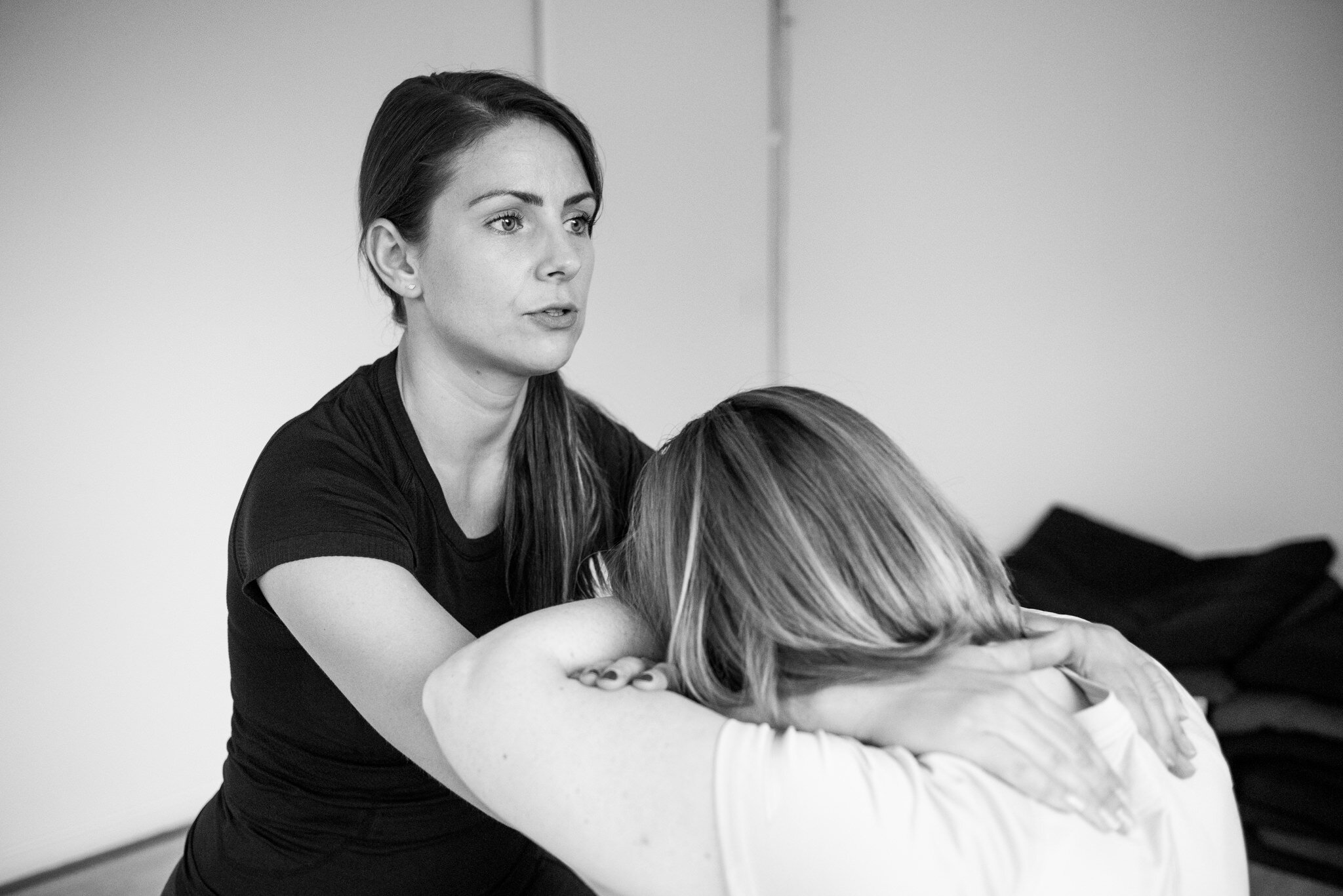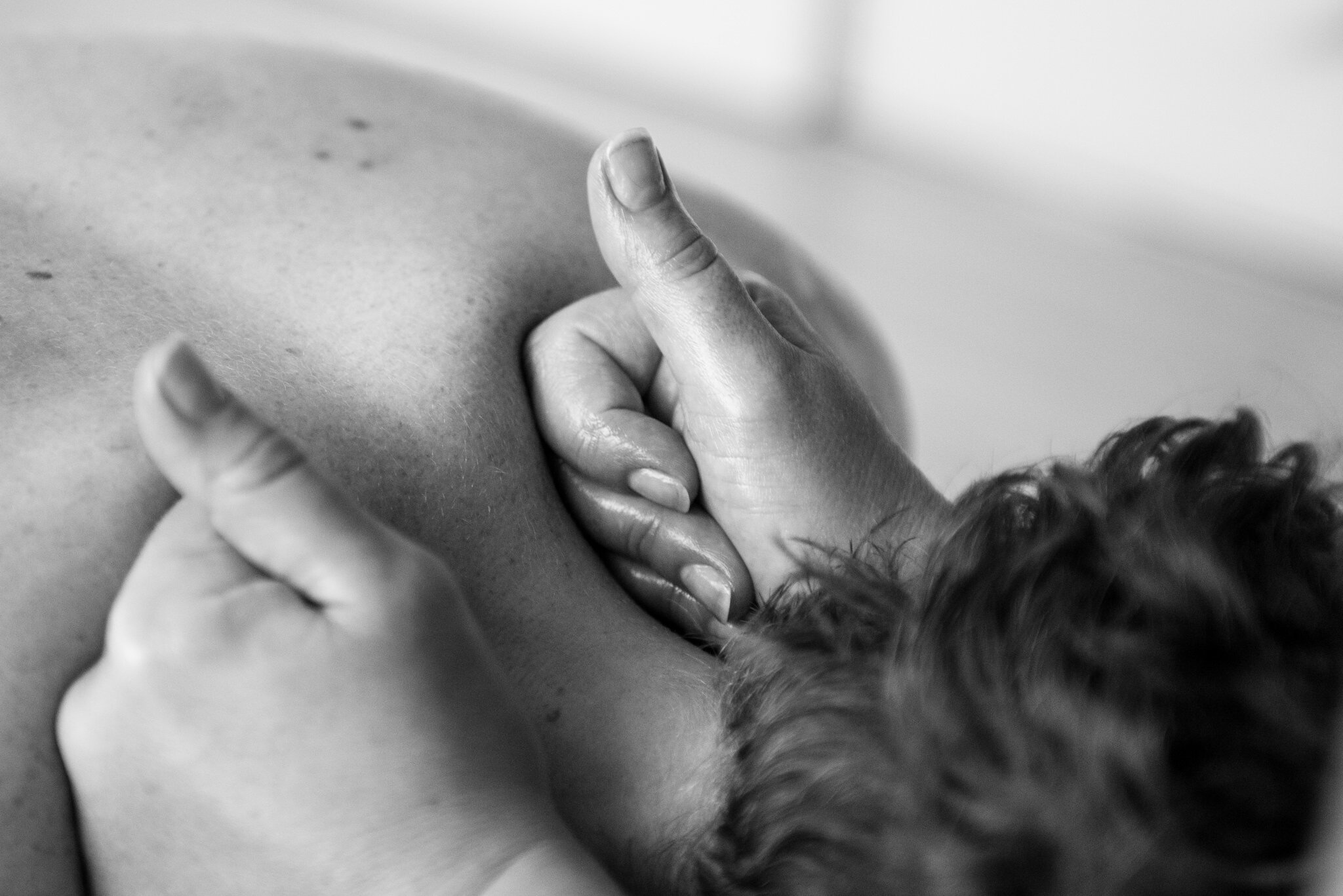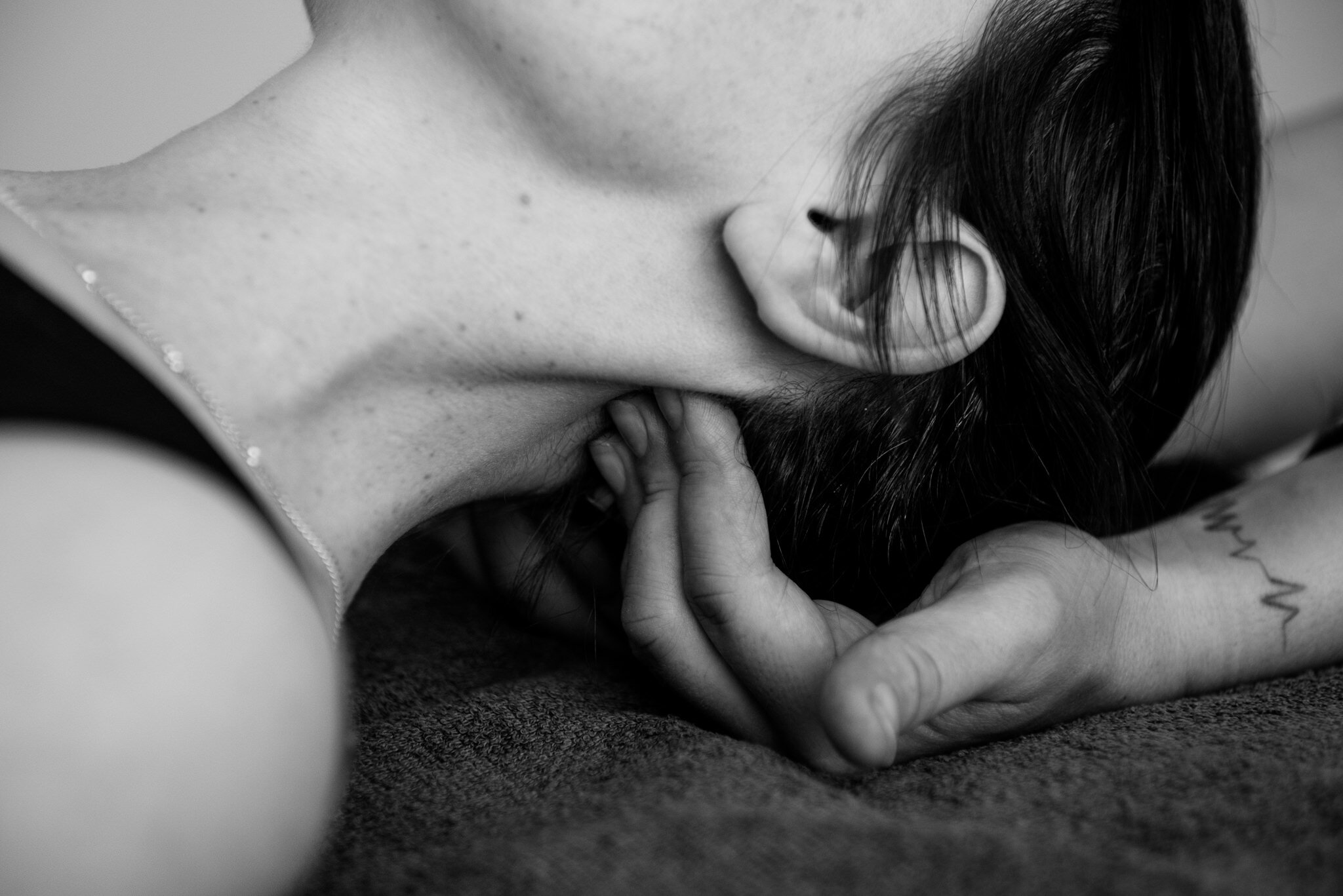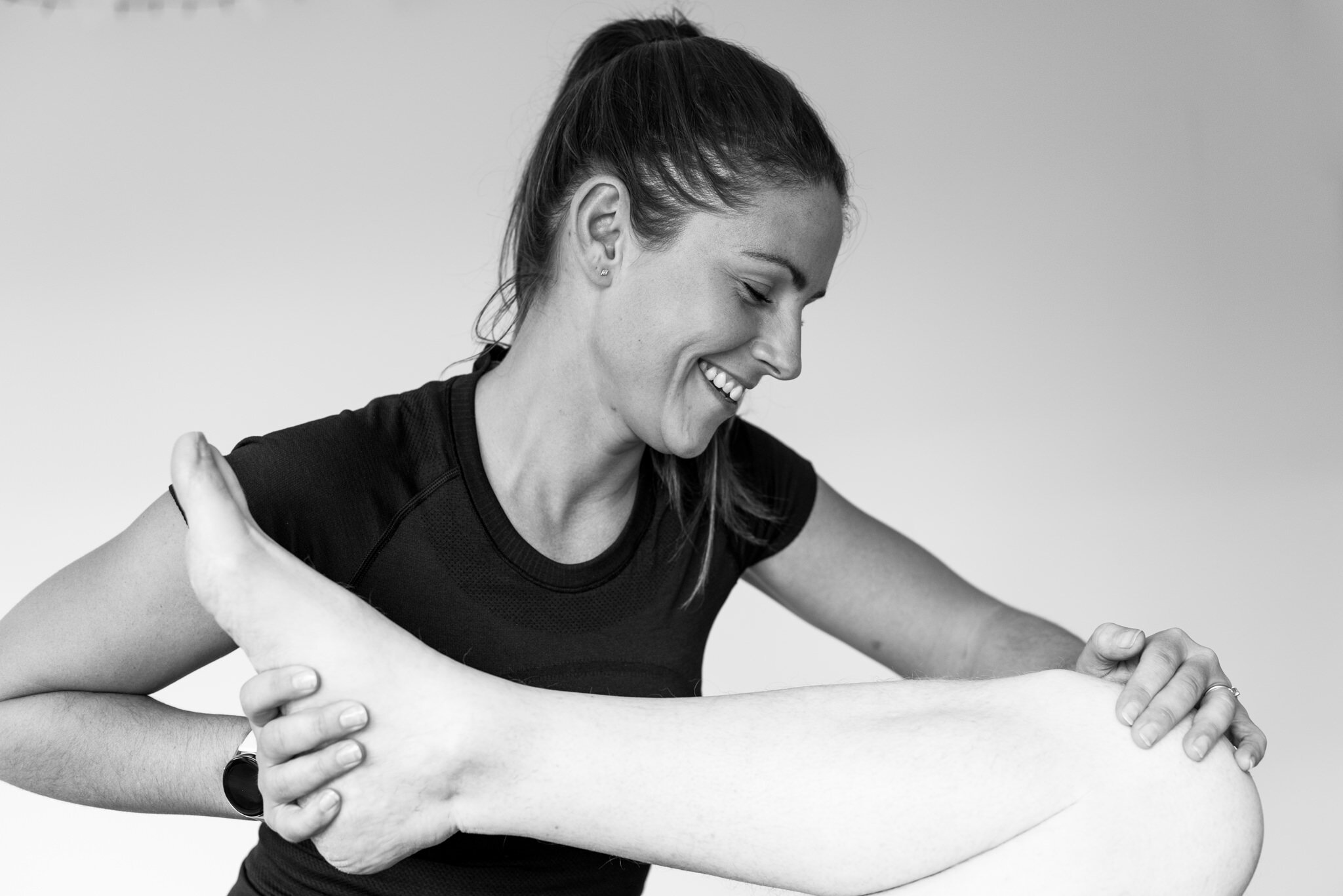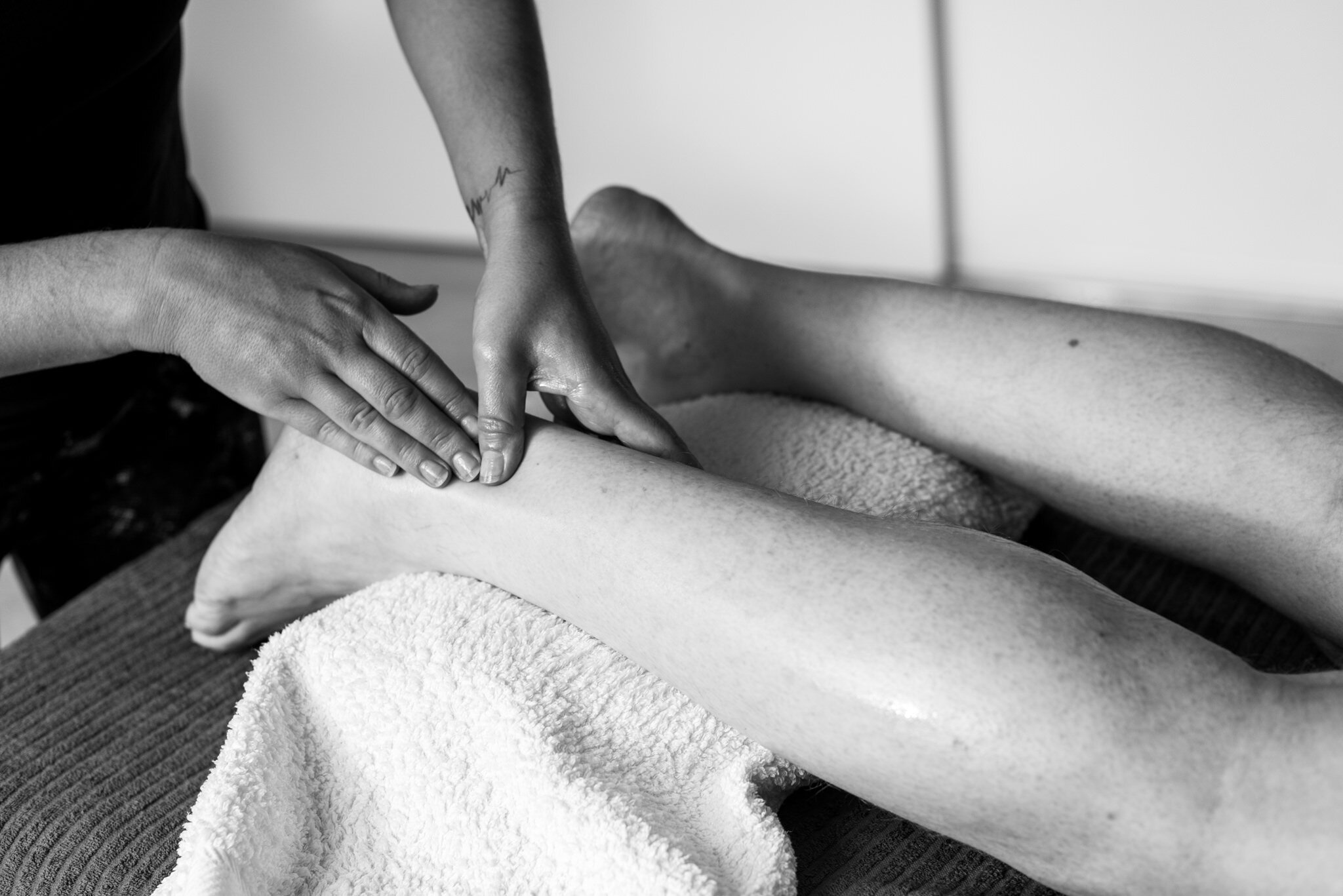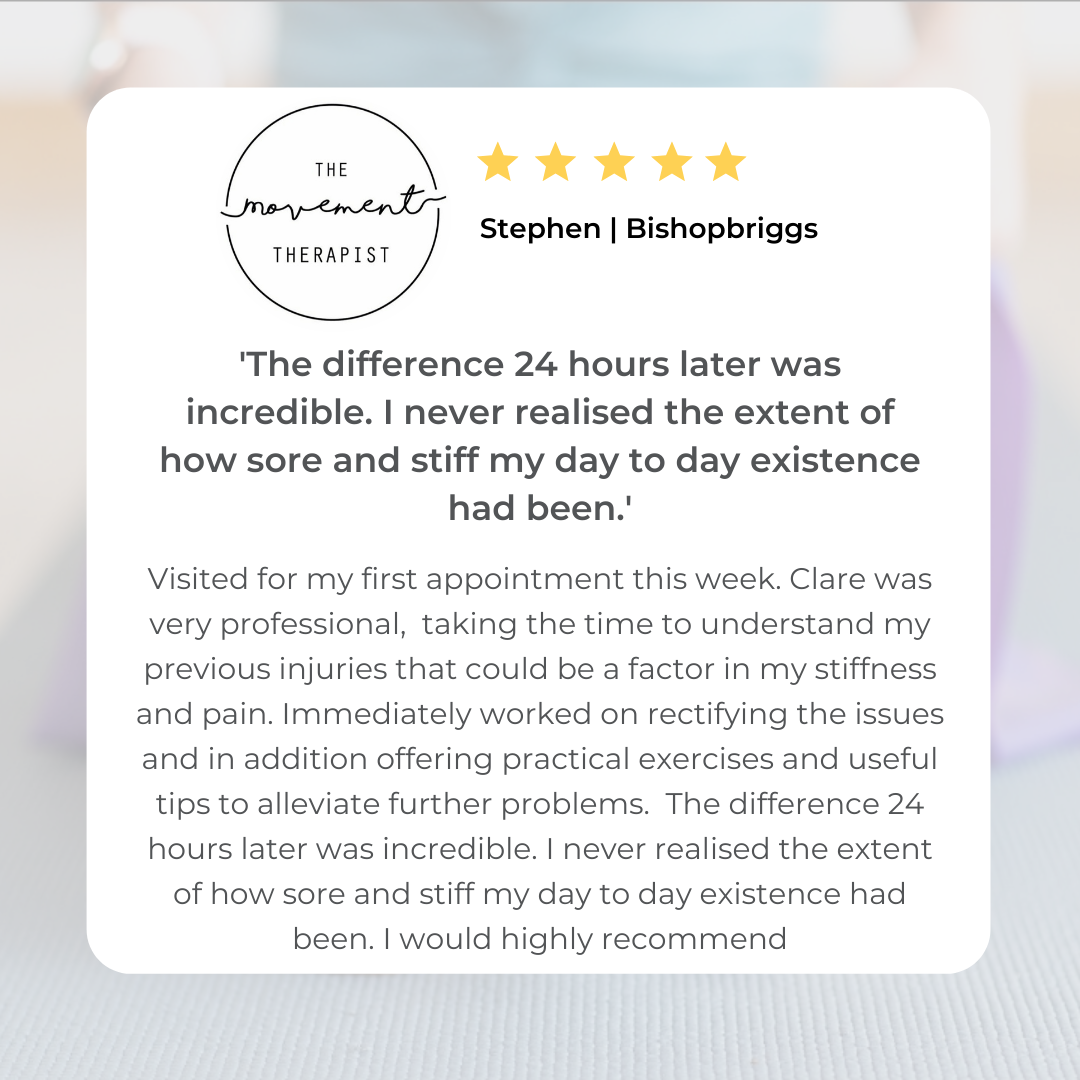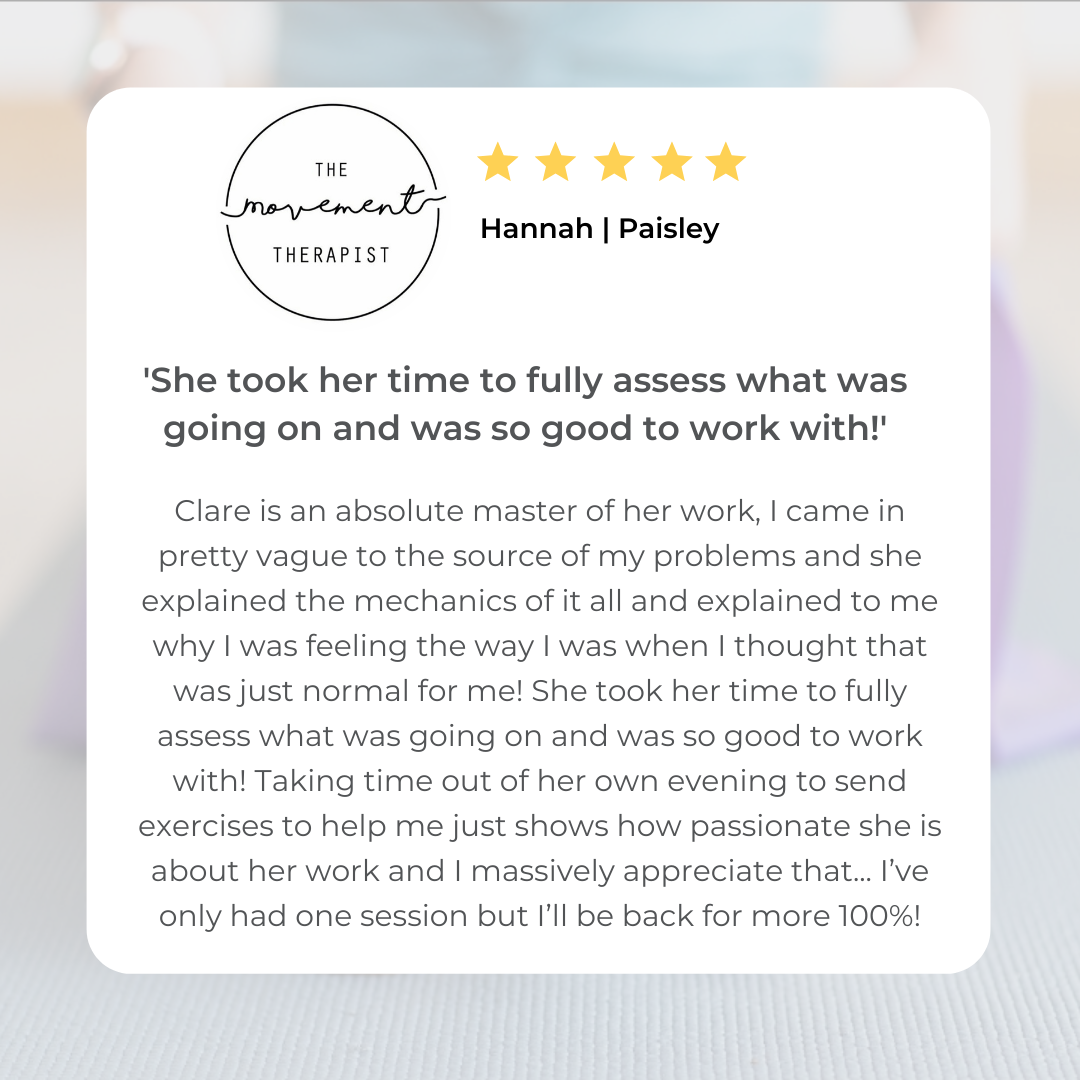Massage Therapy
For pain management, improving performance & aiding recovery
Pain is your body’s way of requesting change
Pain, tension, tiredness, headaches, grumpiness, brain fog & sleep disturbances are not normal & should not be ignored.
The good news is that it is usually all pretty fixable, your body wants to be well, it just needs a nudge in the right direction.
The difference between a good manual therapist and a great manual therapist is in the detail.
The ability to properly listen, take the time to notice and integrate the science is an art form.
Benefits of Massage Therapy
• release tight, tense muscles
• reduce or elimination of aches and pains
• improve circulation
• increase range of motion
• reduce stress, anxiety, lethargy, depression
• improve sleep patterns
• increase energy
• enhance self-esteem
Treatment Types
I often blend a few techniques together to get the best results. In one treatment I could use a variety of the following techniques..
Swedish Massage
This is regarded as the most common form of massage. Focusing on the musculo-skeletal system and using recognised movements to manipulate the soft tissue of the body, it can help reduce muscle spasm and relieve pain.
Sports / Remedial Massage
Sport & Remedial massage are basically the same. Remedial massage involves treating injuries that occur outside a sporting environment. Sports massage involves treating injuries that occur during sport. Sports massage tends to be more acute whereas remedial tends to deal with more chronic pain. Sports Massage can also be used for athletes during warm-ups / cool-downs, as part of a training regime, in pre-, inter- and post-event settings or as part of the rehabilitative process following injury.
Spinal & Peripheral Mobilisations
Maitland and Mulligan Vertebral and Peripheral mobilisation techniques can be used to help increase mobility, reduce stiffness, reduce pain, reduce postural faults and increase overall wellbeing. This treatment is usually combined with massage work as the soft tissue structures are more relaxed and loosened after massage, achieving superior results than with just massage alone.
Instrument Assisted Soft Tissue Mobilisations (IASTM)
Instrument assisted soft tissue mobilisation is a popular treatment for myofascial restriction. In this type of treatment, instruments are used to scan over and detect areas of injured fibrotic tissue. The process is designed to both identify the injured areas and provide needed treatment to them. Research supports the idea that IASTM may have an impact on physiological changes by providing an increase in blood flow, reduction in tissue viscosity, myofascial release, interruption of pain receptors, and improvement of flexibility of underlying tissue.
McLoughlin Scar Tissue Release
A gentle technique that can be applied to any scarring caused by surgical procedures. It can be effective on both recent and older scarring. Scar tissue is a natural response to trauma when the skin is punctured or lacerate, either by accident or surgical procedures. McLoughlin Scar Tissue Release MSTR® is a myofascial technique, designed to gently and effectively release restricted scars and scar tissue at a pace to suit you. Unlike muscular tension and restrictions which can build up again dependant upon the cause, MSTR® permanently releases the scar tissue restrictions, the extent to which this can be achieved varies with each client.
Kinetic Chain Release
Kinetic Chain Release (KCR) is a simple yet extremely effective system of medically recognised and approved gentle mobilisations and stretches that were developed and synthesized into a protocol by Scottish Physiotherapist Hugh Gilbert. KCR supports the body in returning to physical balance quickly and easily.
.
You won’t find any whale music or clinical treatment rooms here. Friendly vibes & no frills are how I roll. It’s all about making you feel at ease while I figure out just what it is that your body needs. The type of treatment you receive will depend on the results of your consultation, postural & movement screening. I have a variety of tools in my toolbox and I use whichever tools are required to get the best results. Scroll down to the bottom of the page for more information on the types of treatments I may blend into your session.
What to expect
1:1 massage consultation; Your personal history matters. You might not consciously be aware of your physical or emotional trauma but your nervous system never forgets. The stress of relationship break-ups, accidents, surgeries & losing loved ones all significantly impact the body.
Postural Screening; Looking at how you stand can reveal valuable information about the way your body is adapting to the various stresses and strains of everyday living. For example a forward head posture can be a sign that someone suffers from headaches, slouched shoulders often indicate too much time sitting. All this info gives me an indication of where I need to work.
Movement Screening; Evaluating your ability to perform fundamental movements. Can your hip/shoulder do all the movements that they are supposed to? Then I’ll look at the global interplay between joints. You need good joint independence before you can have good joint inter-dependence.
Soft Tissue & Joint Mobilisations; The good bit that everyone comes for. A mixture of massage and mobilisation techniques to encourage the tissues that are stuck to move again.
Corrective Exercise; After your session I’ll send you through some homework to help your new found mobility be a permanent asset.
